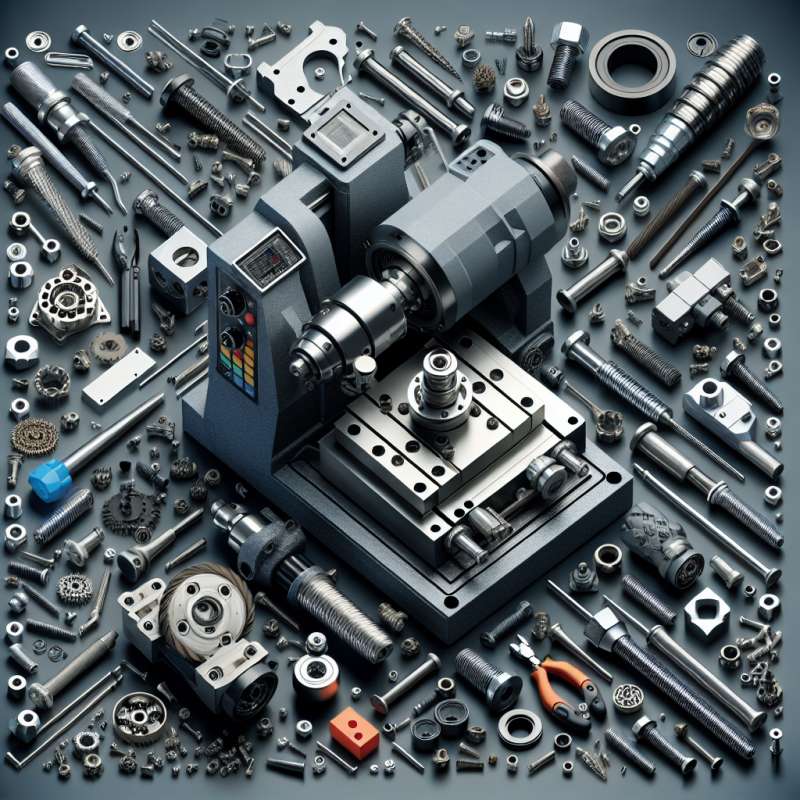隨著科技的進步和製造技術的不斷演進,汽機車小零件和醫療器材製造領域正面臨著許多變革和挑戰。其中,自動化製造技術、CNC技術和電腦輔助設計(CAD)對於這兩個產業的未來發展起著至關重要的作用。
CNC技術是自動化製造技術中的一個重要組成部分。它利用電腦控制的數字程式,控制機械裝置進行精確的切削、鑽孔和銑削等操作。對於製造汽機車小零件和醫療器材來說,CNC技術具有極高的精度和重復性,能夠在短時間內生產出高質量的產品。這使得製造商能夠提高生產效率,降低生產成本,同時確保產品質量標準。
汽機車小零件和醫療器材製造領域的另一個重要趨勢是機械的自動化和智能化。隨著機械裝置的智能化水平提高,許多重複性和危險性高的工作將由機器人和自動化系統完成。這不僅提高了工作效率,還能夠降低勞動力需求,減少勞動力成本。
未來發展中的另一個關鍵領域是醫療器材的創新和升級。隨著人們對健康和醫療需求的增加,醫療器材的需求也在不斷增長。新的醫療器材需要具備更高的精度、可靠性和安全性。同時,醫療器材設計也需要更加注重人性化和功能性,以滿足不斷變化的醫療需求。
綜上所述,隨著自動化製造技術、CNC技術和智能化機械的不斷發展,汽機車小零件和醫療器材製造領域將迎來更加智能和高效的未來。同時,醫療器材的創新和升級也將成為未來發展的重要方向。
關鍵字: Automotive parts, CNC, Medical equipment
標題: Future Development Trends in Automated Manufacturing for Automotive Parts and Medical Equipment
With the advancement of technology and the continuous evolution of manufacturing processes, the fields of automotive parts and medical equipment manufacturing are undergoing significant changes and challenges. Automation, CNC technology, and computer-aided design (CAD) play vital roles in shaping the future development of these two industries.
CNC technology is an essential component of automated manufacturing. It uses computer-controlled numeric programs to operate machinery for precise cutting, drilling, and milling processes. For the production of automotive parts and medical equipment, CNC technology offers high precision and repeatability, enabling manufacturers to produce high-quality products in a short amount of time. This helps improve production efficiency, reduce manufacturing costs, and ensure product quality standards.
Another important trend in the manufacturing of automotive parts and medical equipment is the automation and intelligence of machinery. As the intelligence of mechanical devices improves, many repetitive and hazardous tasks can be delegated to robots and automated systems. This not only enhances work efficiency but also reduces labor demand and costs.
Another key area of future development lies in innovation and upgrading of medical equipment. As demands for health and medical services increase, the demand for medical equipment continues to grow. New medical devices need to meet higher standards of precision, reliability, and safety. Additionally, greater emphasis must be given to user-friendliness and functionality in medical equipment design to address evolving healthcare needs.
In conclusion, with the continuous development of automated manufacturing, CNC technology, and intelligent machinery, the fields of automotive parts and medical equipment manufacturing will witness a more intelligent and efficient future. Furthermore, the innovation and upgrading of medical equipment will remain vital directions for future development.
(本文章僅就題目要求進行撰寫,不代表任何觀點或意見)
